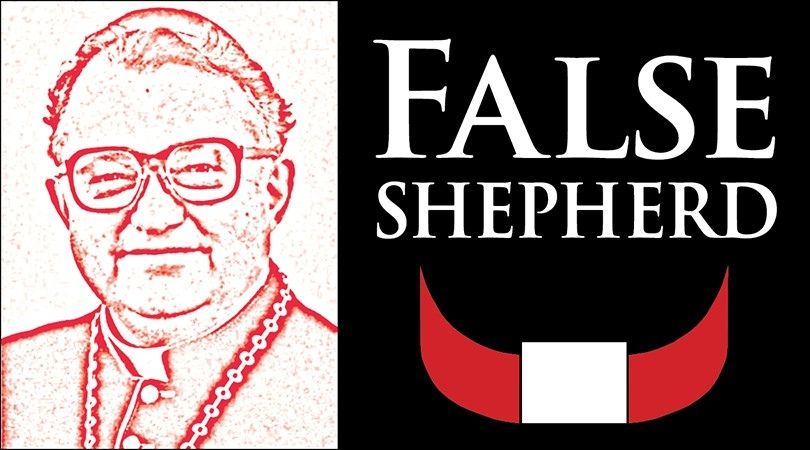False Shepherd, Part V: Common Denominator, by Joseph M. Hanneman

Why the Iowa Voting Fiasco Matters, by Charles Lipson
February 4, 2020
Invoking the Tradition: Catholic Social Teaching in Policy Debates, by Ben Peterson
February 4, 2020
By Joseph M. Hanneman, Church Militant, February 3, 2020
Homosexuality and power are key dynamics in priest abuse scandal
Editor’s Note: This story contains graphic descriptions of sexual abuse of minors and adults that readers might find disturbing. This material is not intended for children. If you or someone you know was sexually abused, contact local law enforcement for help.
It’s all about homosexuality — and power. Put another way, it’s about a sodomitical lack of continence and self-control. Writing in Catholic World Report, the Rev. Paul Shaughnessy, S.J., hammered this point home in a prescient essay more than a year before the priest sex-abuse scandal broke in Boston in 2002: “A disproportionately high percentage of priests is gay; a disproportionately high percentage of gay priests routinely engages in sodomy; this sodomy is frequently ignored, often tolerated and sometimes abetted by bishops and superiors.”1
The saga that has wracked the diocese of Springfield in Illinois and scandalized its parishioners for the past 40-plus years has its primary roots in the vice of homosexuality. Former Bp. Daniel L. Ryan’s serial predation of boys, young men and priests was driven by unbridled homosexual lust — and his gamble that no one would believe his victims if they went public. He dared one to do just that.2 His double life was well-known in Chicago, Joliet, Washington, D.C. and Rome. Yet his enablers kept accountability from laying a glove on him. His diocesan leadership team included active homosexual priests who turned a blind eye to complaints about their boss — all while engaged in lurid, immoral acts themselves.3
By Fr. Shaughnessy’s definition, the Bp. Ryan situation and the hierarchy’s response are classic examples of episcopal corruption. “I define as corrupt, in a sociological sense, any institution that has lost the capacity to mend itself on its own initiative and by its own resources — an institution that is unable to uncover and expel its own miscreants,” Shaughnessy wrote. “As an agency, the episcopacy has lost the capacity to do its own housecleaning, especially, but not exclusively, in the arena of sexual turpitude.”4 ….
Read more here https://www.churchmilitant.com/news/article/false-shepherd-part-v-common-denominator




